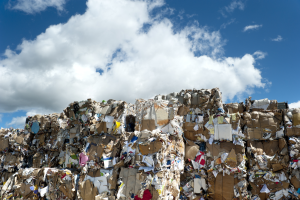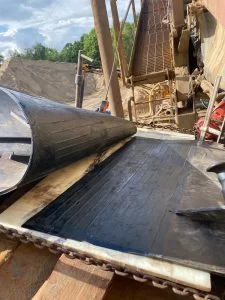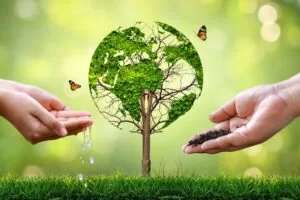A research team at the University of Warwick (UoW) has discovered a method of producing hydrogen from wastewater that could be used to power electric vehicles, Engineering & Technology (E&T) reports.
The water and waste company Severn Trent asked the scientists at UoW if there was a more energy efficient way to treat wastewater. It is currently a highly energy intensive process, requiring around 13bn KW hours of power annually. However, it is also essential to remove pathogens from wastewater, to maintain a safe and sanitary environment.
The team at UoW had already carried out successful research into Microbial Electrolysis Cells (MEC). This is a process of using electromagnetic microorganisms to break down organic pollutants in waste water, the university website explains. The end result is clean water and hydrogen gas, which can be used for fuel cells of electric vehicles.
The process had limitations, due to the fact that large quantities of graphite or carbon are needed. They cost several hundred pounds per square metre and have a low return rate of hydrogen. This meant that producing hydrogen on an industrial scale would be impracticable.
The graphite or carbon was used in the reaction to break down the organic pollutants. The researchers therefore decided to investigate cheaper alternative materials which would allow them to process high volumes of wastewater. The answer proved to be recycled carbon mats, which cost just £2 per square metre.
The team ran an experimental scheme at Severn Trent’s Minworth wastewater treatment site, where 100 litres of wastewater per day was processed using the new technique. The result was the removal of 100% of suspended solids, and 51% of organic pollutants, with 18 times more hydrogen produced than the previous materials.
Dr Stuart Coles, research team leader from the University of Warwick, said: “We are really excited about this technology. By taking waste from the automotive and aerospace sectors, we have developed a circular solution to a longstanding problem. “
“Instead of just treating the wastewater, we are now able to extract value from it in the form of hydrogen at a lower cost than ever before. The next phase of this work is look at optimising the design of the microbial electrolysis cells and further reduce the level of pollutants in the water. This in turn should help produce even more hydrogen!”
Hydrogen is increasingly being used as an alternative green fuel, as it produces almost no harmful emissions. It is used by the chemical and plastics industry, but it is also being used to power vehicles as an alternative to fossil fuels.
It can be produced in a variety of ways, including from natural gas, biomass, nuclear power, and solar and wind power. When it is produced from biological processes, the microbes break down the organic matter such as biomass or wastewater, to produce hydrogen. It can also be produced through sunlight, known as a photobiological process.
If you need surface grinding services, talk to us today.




